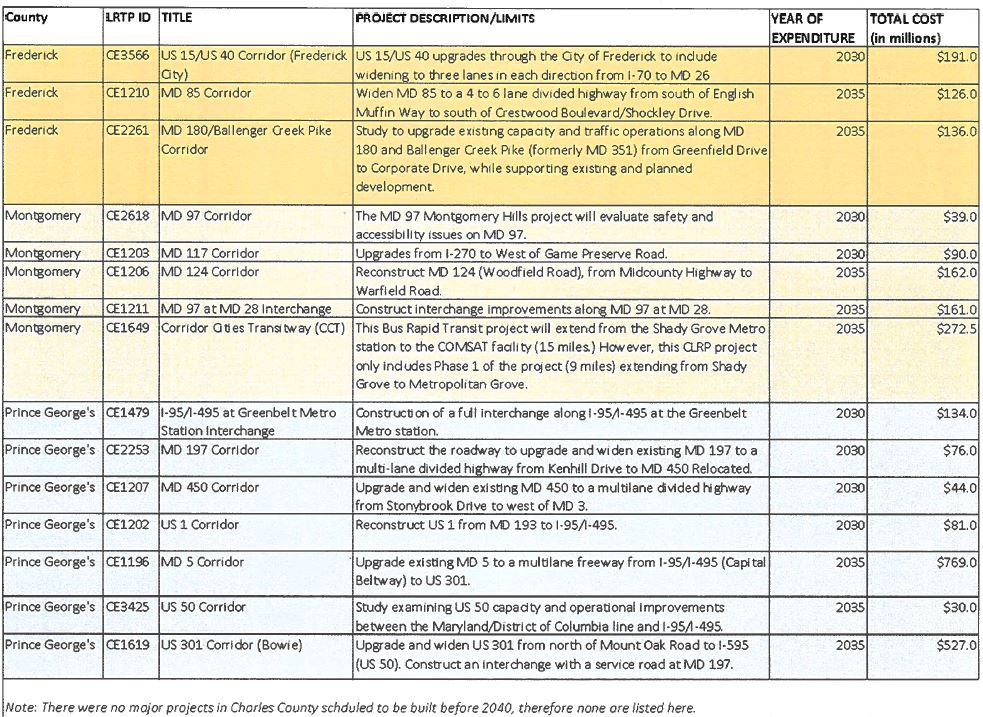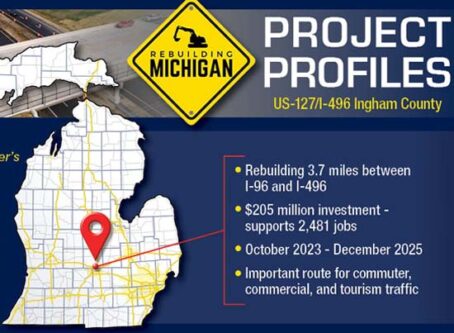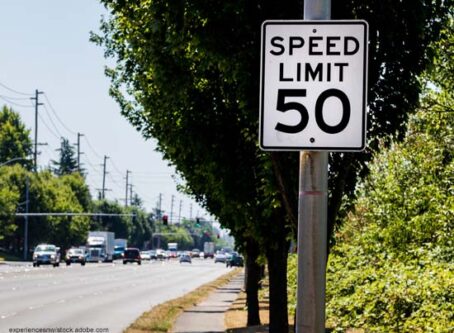Maryland DOT asking for revote on Capital Beltway toll project
Just a few weeks after the National Capital Region Transportation Planning Board brought the Capital Beltway toll project to a screeching halt, the Maryland Department of Transportation is asking for a redo.
On July 7, MDOT Deputy Secretary R. Earl Lewis Jr. sent a letter to the transportation planning board requesting it to vote again on the Capital Beltway toll project on Interstates 495 and 270. On June 16, the board removed the project from the list of those to receive funding for an air quality conformity study in its long-term plan, Visualize 2045. Considering that study is needed for federal approval, the vote essentially puts the project on hold indefinitely.
In the letter, Lewis asked the board to propose a new motion to be added to the agenda on its next meeting on July 21 that will revisit the June 16 vote.
Lewis said he wants the board to include Phase 1 of the toll project in the conformity analysis that is necessary to move forward.
“There is a strong rationale for revoting on this issue as it was not properly presented and the removal of this project was rushed without a full understanding of the impacts, which has been attested to by multiple (board) voting members in recent communications,” Lewis states in the letter. “Those impacts include the new requirement for Visualize 2045 updates to be financially constrained, which means Maryland must reevaluate and reduce its local enhancement projects to pay for the system preservation work that private funding would have completed as part of this project.”
Lewis went on to point out that the Capital Beltway toll project has been modified several times to reach a compromise between all parties to address transportation needs in the region. Some of the changes include free trips to transit buses and carpools, bicycle/pedestrian crossing and a transit subsidy from toll revenue. Removing the project from the conformity analysis, Lewis claimed, has “eliminated the associated private sector capital.” Consequently, the project cannot be funded. MDOT provided this information to the board in a June 21 letter, soon after the board’s vote.
If the transportation planning board does not reverse the removal, MDOT is threatening to pull the plug on several state transportation projects in order to find funding for the Capital Beltway toll project.
The total cost of projects to be removed must equal the cost MDOT is losing from the private sector. Phase 1 of the Capital Beltway toll project will cost $6 billion, $1.5 billion of which would have come from the private sector. MDOT told the board it will cut $1.5 billion worth of projects. MDOT provided a preliminary list of possible projects to cut totaling nearly $3 billion.

Capital Beltway toll project
New toll lanes are part of Gov. Larry Hogan’s Traffic Relief Plan. The project was initially estimated to cost about $9 billion, with some projections as high as $11 billion.
Hogan’s plan addresses congestion issues near the nation’s capital. At the time, it was the largest proposed public-private partnership highway project in North America. According to a news release, the statewide cost of congestion based on auto delay, truck delay and wasted fuel and emissions was estimated at $2 billion in 2015.
Although MDOT’s Capital Beltway plan does not toll all lanes, some have criticized HOT lanes by calling them “Lexus lanes” – i.e., the idea that only higher-income earners can afford to access the quicker route. However, MDOT refutes those claims.
“The ‘Lexus-lane’ claim has been dismissed by studies based on actual user data that shows users of all income levels benefit from reduced travel times, including managed lane users and those who continue to use the general purpose or toll-free lanes,” MDOT states. “Managed lane usage is not closely correlated to income. The managed lanes that we are studying would provide more options for people needing a reliable trip time. Nationwide research shows a majority of travelers choose to use price managed lanes occasionally for critical or important trips, such as reaching an appointment or a school event.”
For more information about the Capital Beltway public-private partnership program, go to 495-270-P3.com. LL









